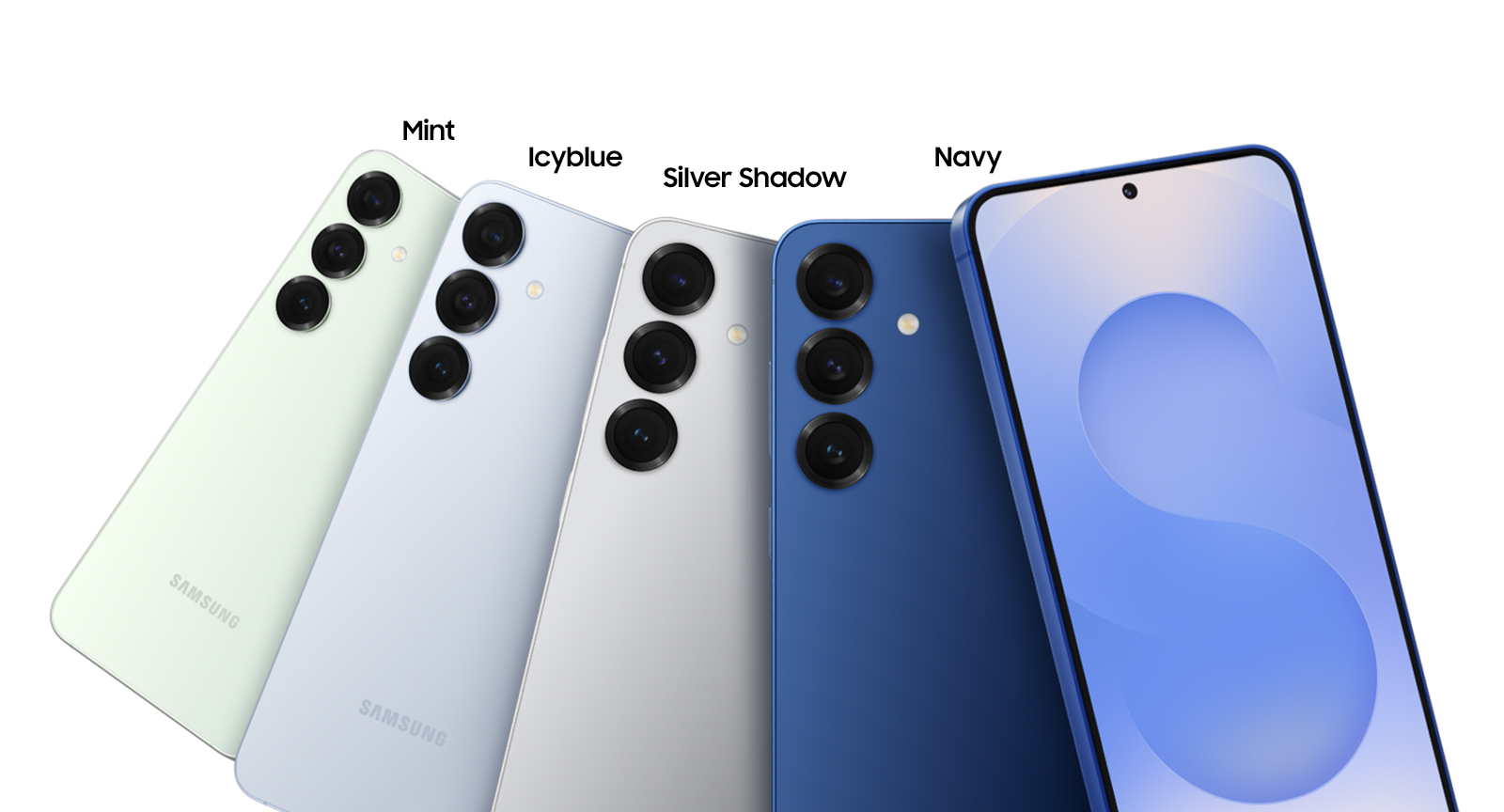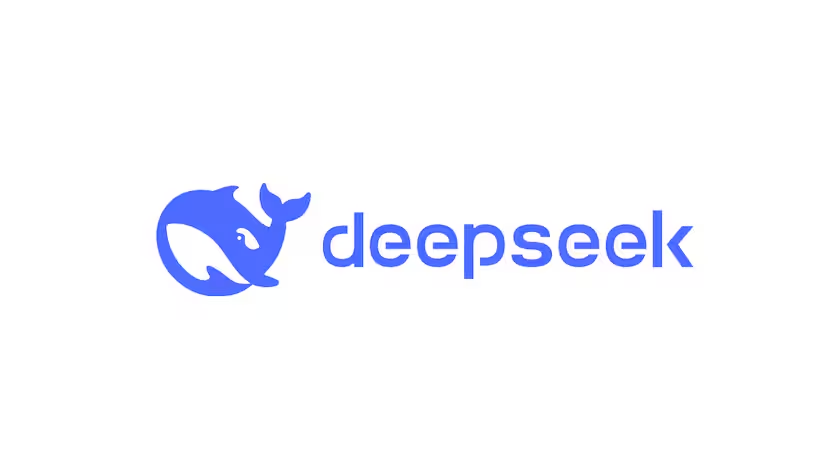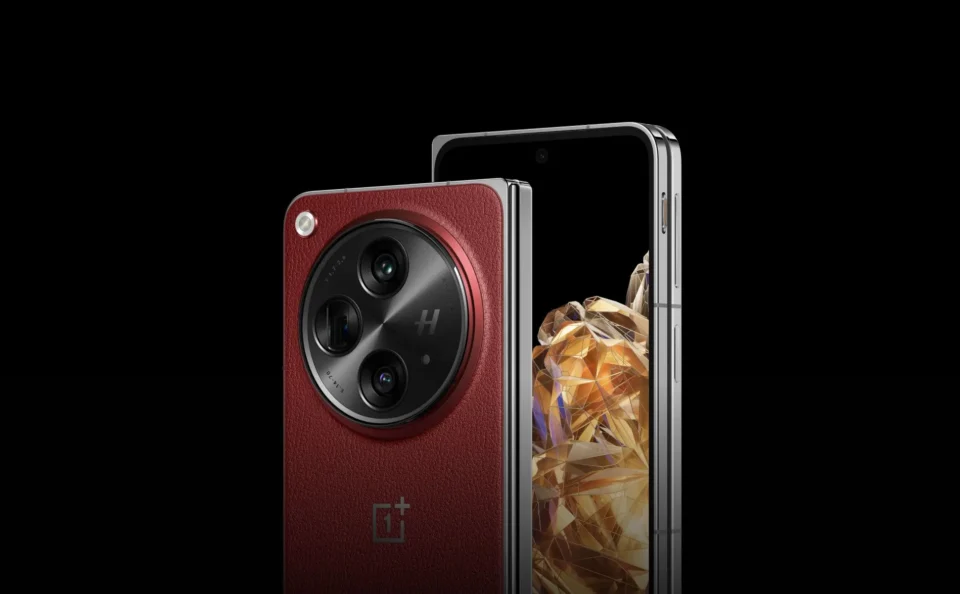OpenAI’s Chat GPT: The Future of Conversational AI
In recent years, artificial intelligence (AI) has rapidly advanced, and one of the most exciting developments is the use of language models to create chatbots and other conversational AI. Among these models, OpenAI’s GPT (Generative Pre-trained Transformer) series has garnered considerable attention due to its impressive performance in various natural language processing tasks.
In this blog post, we’ll take a closer look at OpenAI’s Chat GPT, the latest iteration of the GPT series, and explore its potential for revolutionizing the world of conversational AI.
What is OpenAI’s Chat GPT?
 |
| Photo by Andrew Neel |
OpenAI’s Chat GPT is a language model designed specifically for chatbot and conversational AI applications. It is the latest version of the GPT series, which has been pre-trained on a massive amount of text data to develop a robust understanding of natural language.
The pre-training process involves feeding the model with vast amounts of text data, such as books, articles, and websites, and allowing it to learn the underlying patterns and structures of language. This process enables the model to generate coherent and grammatically correct responses to input text.
Chat GPT is designed to understand and respond to human-like text inputs, making it ideal for conversational AI applications. Its natural language processing capabilities allow it to understand and respond to a wide range of inputs, from simple questions to complex queries.
What makes Chat GPT unique?
Chat GPT builds upon the strengths of its predecessors in the GPT series, such as GPT-2 and GPT-3. However, it has several unique features that set it apart from other conversational AI models.
Firstly, Chat GPT has been specifically trained on conversational data, making it more effective at understanding and generating responses in a conversational context. This means it can generate more personalized and human-like responses, enhancing the user experience.
Secondly, Chat GPT has been trained on diverse datasets, allowing it to understand a wide range of topics and generate responses that are relevant to the conversation. This feature makes it ideal for use in customer service applications, where users may have a range of questions or issues to discuss.
Finally, Chat GPT has been designed with privacy in mind. Unlike other conversational AI models, Chat GPT does not store user data or information, ensuring user privacy and security.
The potential of Chat GPT
OpenAI’s Chat GPT has the potential to revolutionize the world of conversational AI. Its natural language processing capabilities make it ideal for a wide range of applications, from customer service chatbots to virtual assistants.
Chat GPT’s ability to generate personalized and human-like responses can enhance the user experience and improve customer satisfaction. It can also reduce the workload of customer service teams by handling simple queries and issues, freeing up time for more complex tasks.
Moreover, Chat GPT’s ability to understand a wide range of topics and generate relevant responses can make it an essential tool for industries such as healthcare and finance, where accurate and personalized responses are crucial.
In conclusion, OpenAI’s Chat GPT is a powerful language model with vast potential for revolutionizing the world of conversational AI. Its natural language processing capabilities, coupled with its unique features, make it an ideal choice for a wide range of applications, from customer service chatbots to virtual assistants. As AI continues to advance, it is exciting to see how Chat GPT and other conversational AI models will shape the future of human-machine interactions.
Catch up on all the latest news from Chat GPT!



